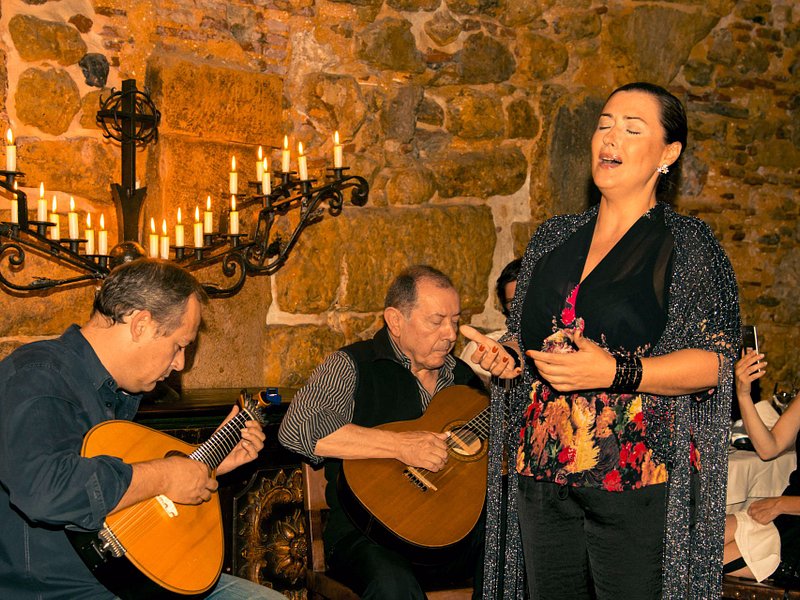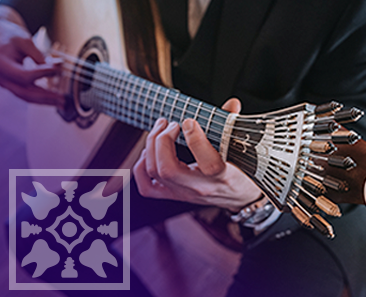Fado is the most authentic expression of the Portuguese soul. This musical genre, born in the historic neighborhoods of Lisbon, carries with it the deepest emotions of a people: saudade, passion, and nostalgia.
Recognized by UNESCO as Intangible Cultural Heritage, Fado is a tradition that transcends generations.
The Origins of Fado
Fado is a musical form deeply associated with the Portuguese soul, emerging in the early 19th century in Lisbon. Although its exact origins are difficult to determine, there are several theories about its genesis:
Fado was born in Lisbon, a port city that, for centuries, was a meeting point for cultures and influences. African rhythms, popular songs from sailors, and even Arab influences may have contributed to the formation of Fado.

The popular neighborhoods of Lisbon, such as Mouraria and Alfama, were the first stages of Fado, with their taverns and gathering places.
The word "fado" comes from the Latin "fatum," meaning "destiny." This connection to destiny is reflected in the themes of Fado, which often address feelings of saudade, lost love, social injustice, and the hardships of life.
During the 19th century, Fado took shape as a musical genre. It was initially associated with the lower classes, including sailors, prostitutes, and workers.
The first fadista, one of the legendary figures of Fado, is Maria Severa Onofriana, a 19th-century fadista who lived in the Mouraria neighborhood. She is often regarded as the first great Fado performer, bringing emotion and charisma to her performances.
Traditional Fado is accompanied by the Portuguese guitar and the classical guitar. This combination became one of the most recognizable features of the genre.
The first Fado houses in Lisbon emerged as venues dedicated to the performance of this music. These spaces helped preserve and popularize the genre.
The atmosphere of the Fado houses, with low lighting and a focus on the performers, intensifies the emotional experience.
The most famous and recognized Fadista is Amália Rodrigues (1920-1999), the artist who contributed most to the internationalization of Fado. With her unmistakable voice, she popularized the genre in many other countries.
In 2011, Fado was recognized by UNESCO as Intangible Cultural Heritage of Humanity, highlighting it as a symbol of Portuguese identity.
The genre has also merged with other musical forms, such as jazz and popular music, without losing its essence.
Vocal interpretation is the heart of Fado. The voice of the fadista conveys emotions intensely, often improvising emotional nuances.
The Portuguese guitar is a unique instrument, with a crystalline and melancholic sound, and is essential in Fado. Guitarists are artists in their own right, contributing to the emotional dialogue of the music.
The lyrics of Fado are generally poetic, addressing themes of saudade, love, and life's challenges.
Fado continues to evolve, with new artists such as Mariza, Ana Moura, and Camané modernizing the genre while keeping its roots intact.
Fado is much more than just music; it is an emotional experience and a cultural expression that encapsulates the soul of Portugal.
Click on the link below to find out more!
'fado portugues' on TikTok | TikTok Search

